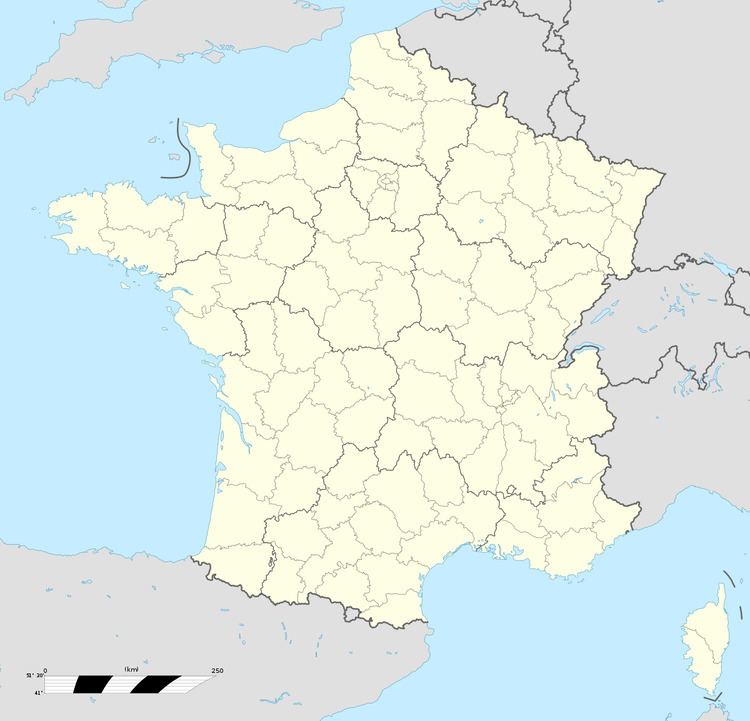Country France Intercommunality Cœur du Pays Fort Area 7.45 km² | Population (2008) 227 Local time Saturday 12:56 PM | |
 | ||
Weather 8°C, Wind W at 10 km/h, 88% Humidity | ||
Concressault is a commune in the Cher department in the Centre region of France.
Contents
Map of 18260 Concressault, France
Geography
A small farming village situated by the banks of the Sauldre river, some 27 miles (43 km) north of Bourges at the junction of the D8 with the D11 and D21 roads.
History
In the medieval period, Concressault was surrounded by fortifications and therefore had the status of "city". The village developed itself around a castle built some distance aside of the older village of Dampierre-en-Crot. The new village ended up, at some point in the past, being more important than the first one. .
The castle
In his manuscript on the Berry, Nicolas de Nicolay gave up a description of the castle as it was in 1567. According to him, he fortress got ruined by the English during the Hundred Years' War (1337-1453). A short time after the destruction it got rebuilt in a more solid form by the Duke Jean de Berry (1340-1416). The castle had an hexagonal shape, with 32 meters high and 12 meters thick walls made of hard rocks. Buildings were built out of colored bricks and covered by slate. The moats were 32 meters large and 4 meters deep.
Sir John Stewart of Darnley, a Scottish nobleman, was awarded the title of "Lord of Concressault" thanks to his participation to the Battle of Baugé. In March 1423, he also becomes the Lord of Aubigny-sur-Nère. Under the reign of Charles VII (1422-1462) the castle was besieged again by the English who were not able to take control of it. Chased by the French, they mistaked a narrow pit for the Sauldre river, that they thought they could pass through a ford. Lots of them sank and the pit got called "la fosse aux Anglais" (literally: the pit of the English).
